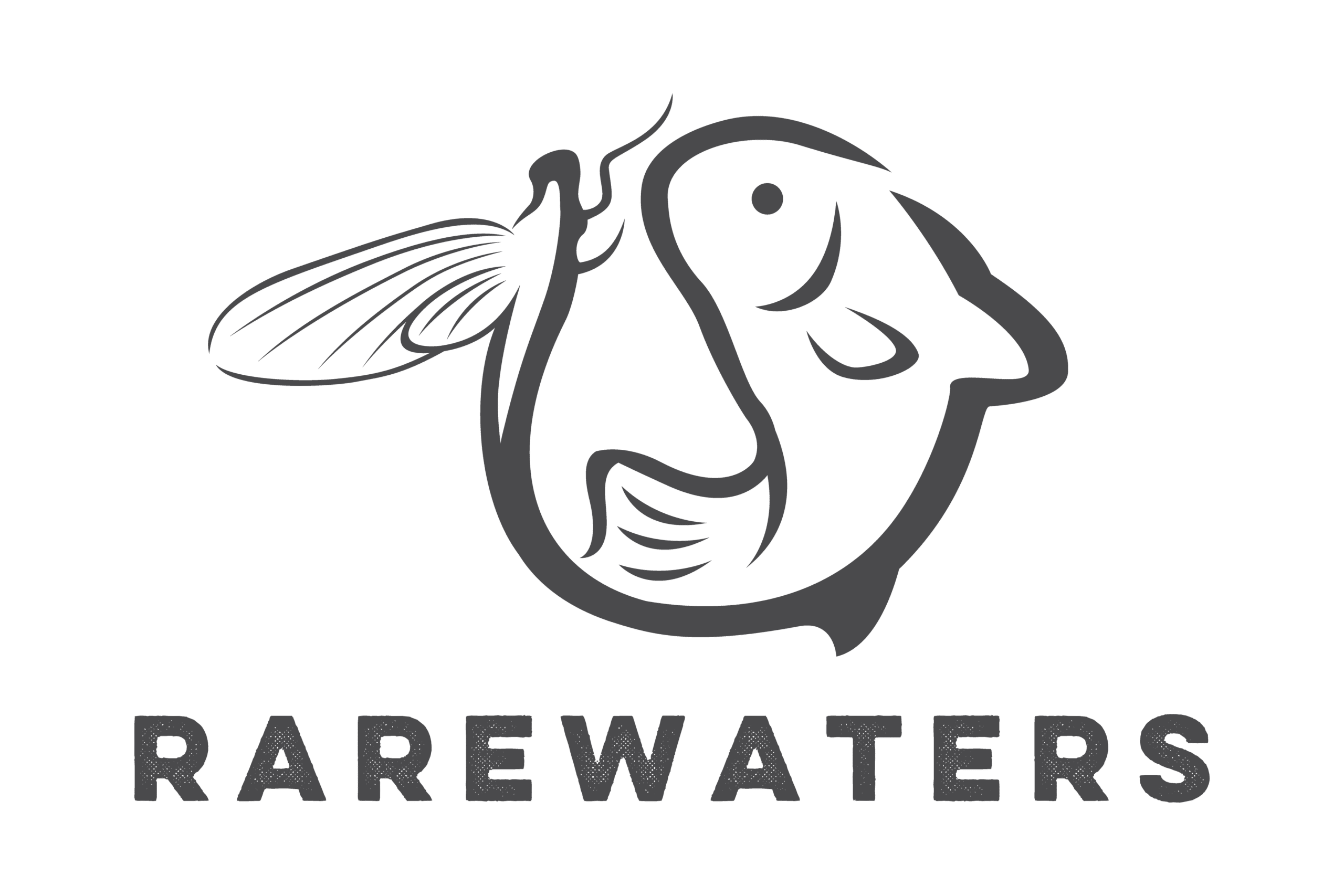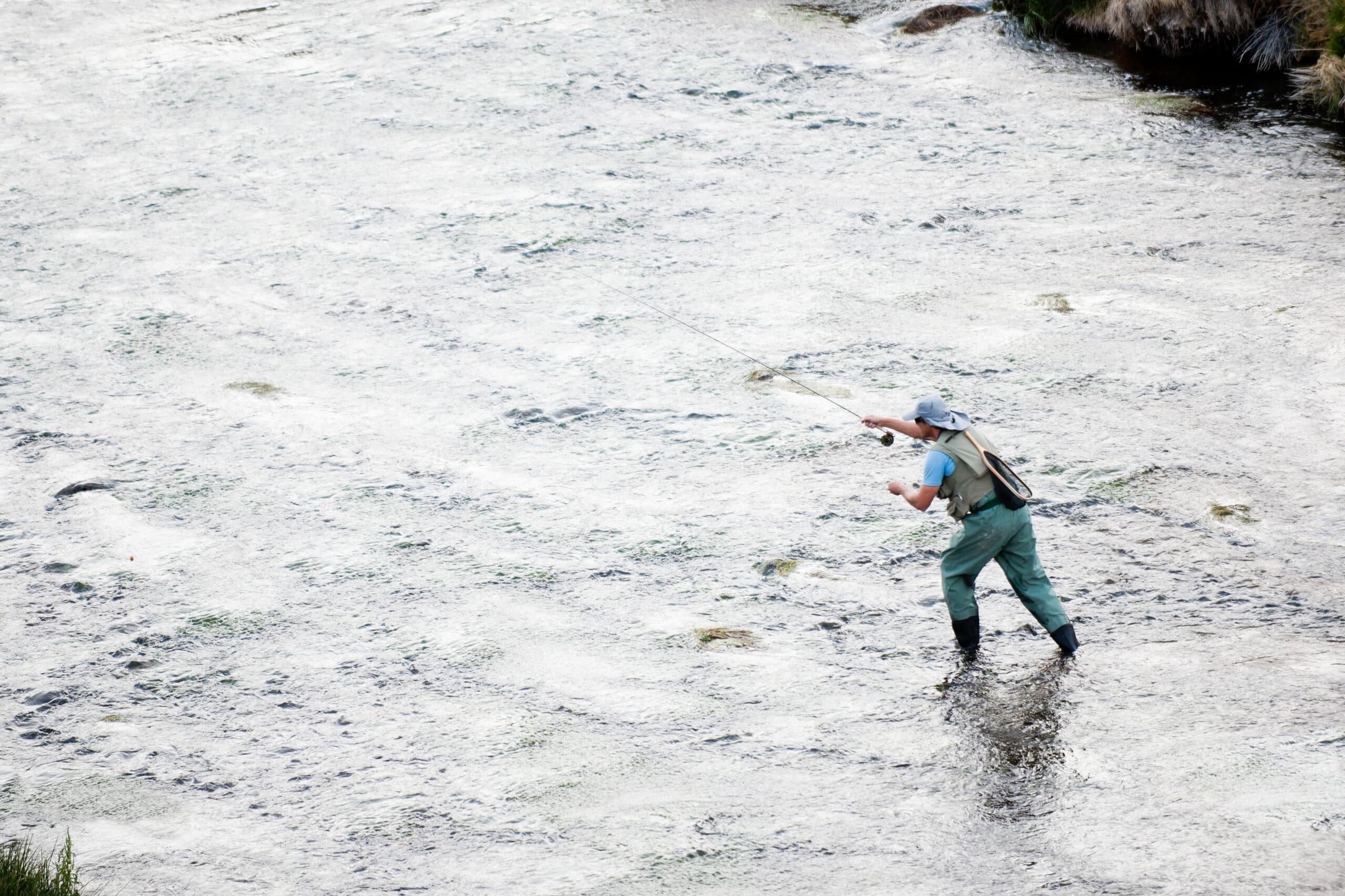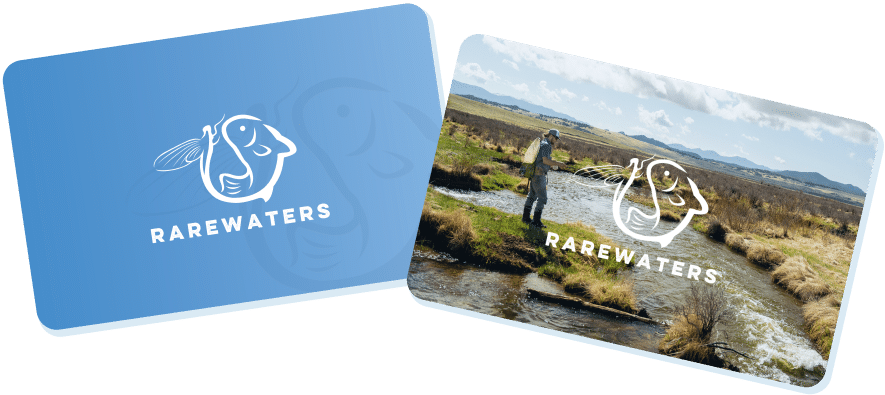Fly Fishing Basics
New anglers entering the immense world of fly fishing can often feel overwhelmed or intimidated. Learning about fly fishing away from the water by reading magazine articles, books or blog posts such as this one will increase your knowledge base and prepare you for your ongoing journey into becoming a true fly fisher. Watching videos and reading about new techniques to apply on the water is how neophyte fly anglers broaden their skills.
New anglers may not understand all of the aspects of fly fishing but breaking down some of the basics to define various techniques will increase your success on the water. Dry fly fishing is often the most associated vision for what fly fishing really is. Nymphing is fly fishing with imitations of aquatic insects that represent the early stages in an insect’s development. Streamer fishing is a more advanced technique but one that will be covered briefly.
Dry flies are the highest form of our sport. When you speak of fly fishing to anyone with no experience they will have some type of precursory knowledge of fly fishing whether from a movie, book or discussion, And the image in their head is a fly line looping gracefully through the air with sunlight illuminating the angler, water and movement of the fly line. This is fly fishing and often the attracting force that draws new anglers in.
What is dry fly fishing?
Dry fly fishing is using imitations of the adult stage of an insect. This is the final stage in development where mating and egg laying occurs. Dry flies have emerged from the water and their juvenile stages of development. This can be a massive emergence of insects like some caddis hatches. Or it could be subtle, little insects that are barely discernible to the naked eye.
The goal is to present your dry fly on the surface, unaffected by current and riding high and visible. Fish that are feeding on the adult stage are looking up. Watching the feeding pattern of trout eating dry flies will teach you a lot about where to place your fly, what kind and size of insect the fish are feeding on and how the trout is going to eat your fly. Good dry fly anglers are masters of observation.
What is nymph fly fishing?
Nymphing is fly fishing under the surface with imitations of the early stages of an insect, the larva and pupa stages. Insects will spend the majority of their life in the nymph form. Most feeding trout do is underwater and on aquatic insects. Anglers need to decipher the water conditions in order to construct a proper nymphing rig. How deep, fast and rocky a section of water is determines a lot for nymphing anglers.
Nymph flies are often weighted with a small metal bead. The purpose is to drop the imitation down into the water column as close to the bottom as possible without snagging repeatedly. Aquatic nymphs live along the river bottom, under rocks, leaves and woody debris. Some build intricate cases during their growth such as caddis flies while others thrive in growing vegetation.
Anglers need to sink their flies deep with small weights and use strike indicators on their leader to detect bites. A strike indicator with the ability to change depths easily like the airlock style of indicators is an asset. Adjusting for different depths along the river is critical to success when fly fishing with nymphs.
What is streamer fly fishing?
Streamers are the largest form of flies in the trout world. These flies represent baitfish, leeches and even small trout. Brown trout are notorious for being cannibalistic. Often water conditions dictate that anglers use a fly of size in order to gain attention. Streamers are perfect examples of fly with a large silhouette and a swimming motion that breathes life into a fly. Trout are triggered into eating streamers by erratic, irregular movement.
An introductory description of the three major forms of fly fishing anglers will encounter regularly. Dry fly fishing, the ultimate in our sport and truly the most exciting form. Nymph fly fishing or nymphing, using the immature stages of an insect to entice a subsurface bite. And streamer fly fishing, the imitation of large food sources that require movement for success. Anglers wanting to expand their fly fishing ability will read about, practice and apply new techniques every time out on the water.







